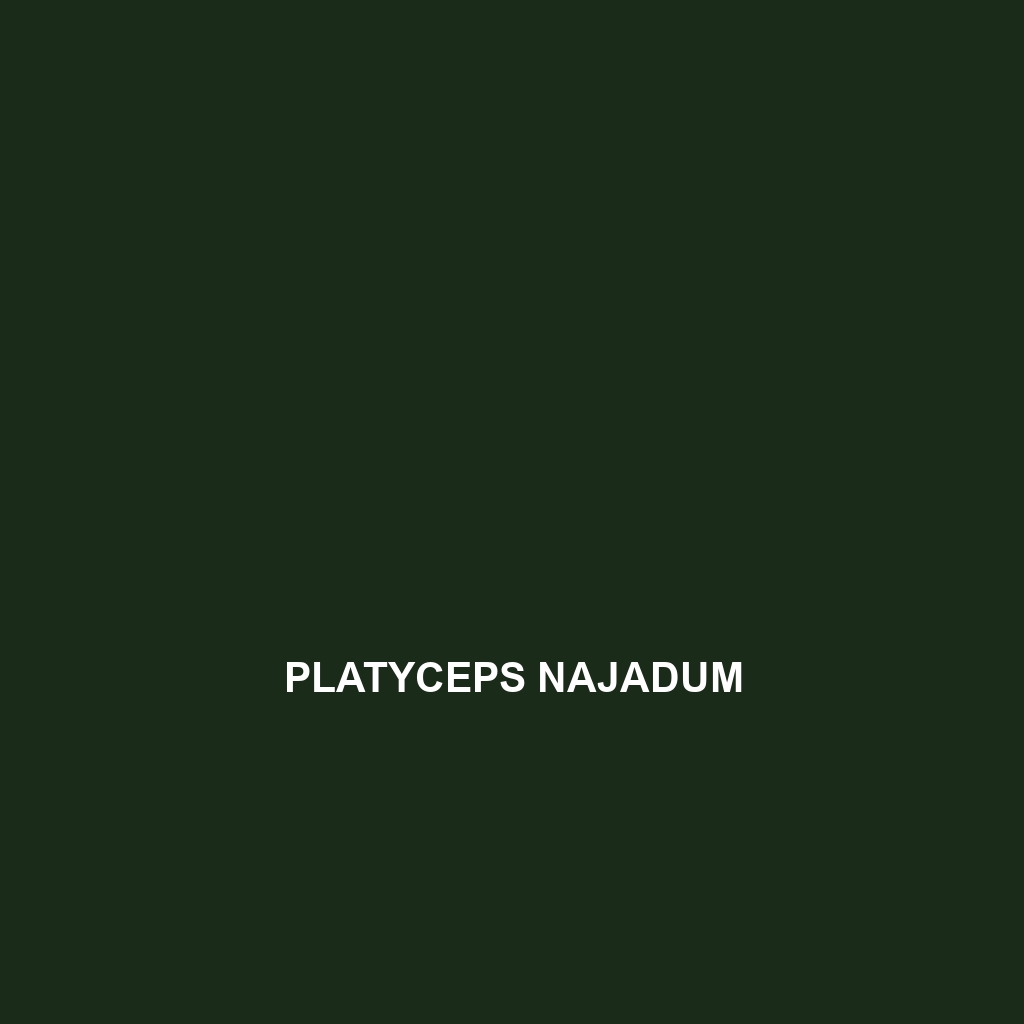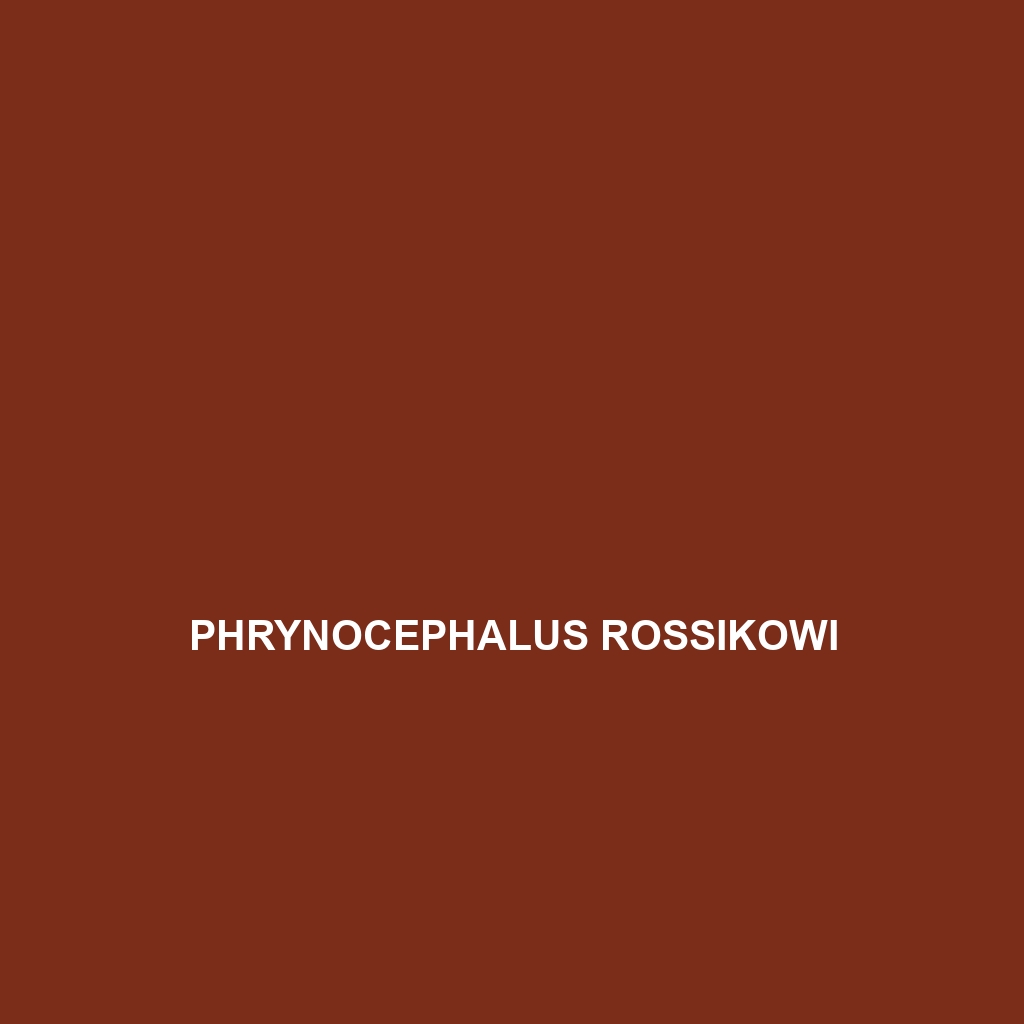Platyceps messanai is a slender snake native to North Africa, thriving in temperate forests and arid landscapes. This carnivorous species, known for its remarkable camouflage and unique hunting tactics, plays a crucial role in its ecosystem as both predator and prey.
Tag: desert ecosystems
Phyllodactylus xanti
The Phyllodactylus xanti, or Xantus's leaf-toed gecko, is a small, nocturnal gecko measuring 3 to 5 inches, native to the deserts and dry scrublands of Baja California. With unique spatula-like toe pads for climbing, it preys primarily on insects and plays a crucial role in its ecosystem by regulating insect populations.
Phrynosoma solare
Discover the <b>Solar Horned Lizard</b> (<i>Phrynosoma solare</i>), an incredible desert inhabitant known for its distinctive spiny head and remarkable camouflage abilities. This fascinating insectivore thrives in arid environments of North America, playing a vital role in maintaining ecological balance while showcasing unique adaptations for survival.
Phrynosoma coronatum
Discover the <b>round-tailed horned lizard</b> (<i>Phrynosoma coronatum</i>), a fascinating insectivore native to the arid and semi-arid regions of the southwestern United States and northern Mexico. With distinctive "horns" above its eyes and a unique ability to camouflage, this resilient lizard plays a vital role in its ecosystem by controlling insect populations.
Phrynocephalus theobaldi
Phrynocephalus theobaldi, or Theobald's toad-headed agama, is a fascinating lizard found in the arid and rocky terrains of Central Asia. Adapted to extreme climates, this insectivorous species features a flattened body, spiny scales, and remarkable camouflage, playing a crucial role in its ecosystem by controlling insect populations and serving as prey for larger animals.
Phrynocephalus rossikowi
<p><b>Phrynocephalus rossikowi</b>, or Rossikow's toad-headed agama, is a distinctive lizard from the arid regions of Central Asia, known for its flattened body, spiny sides, and ability to camouflage in sandy environments. This insectivorous reptile exhibits unique behaviors such as sidewinding movement and intricate courtship displays, playing a vital role in its desert ecosystem.</p>
Phrynocephalus mystaceus
Discover the <b>Moustached Dragon</b> (<i>Phrynocephalus mystaceus</i>), a resilient desert lizard from Central Asia, known for its striking yellowish-brown coloration, distinctive throat spines, and insectivorous diet. With its unique adaptations for life in arid environments, this species plays a vital role in maintaining the ecological balance while showcasing fascinating behaviors such as territorial displays and ambush hunting.
Phrynocephalus horvathi
Discover the unique <b>Phrynocephalus horvathi</b>, a robust lizard native to the rocky deserts of Central Asia, characterized by its sandy beige coloration, spiny back, and insectivorous diet. Thriving in extreme temperatures and exhibiting fascinating behaviors like camouflage and playing dead, this species plays a vital role in its ecosystem.
Pachydactylus rangei
Discover the resilient Pachydactylus rangei, or Namibian gecko, known for its unique adaptations to the arid environments of the Namib Desert. With a distinctive sandy brown coloration and broad, flattened toes, this primarily nocturnal insectivore plays a vital role in its ecosystem by controlling insect populations while serving as prey for larger predators.
Namibiana rostrata
<b>Namibiana rostrata</b> is a resilient omnivore native to the Namib Desert, known for its distinct elongated snout and sandy brown coloration, enabling effective camouflage in arid environments. This fascinating species exhibits nocturnal behavior, feeds on insects and plant material, and plays a vital role in maintaining ecological balance within its habitat.









